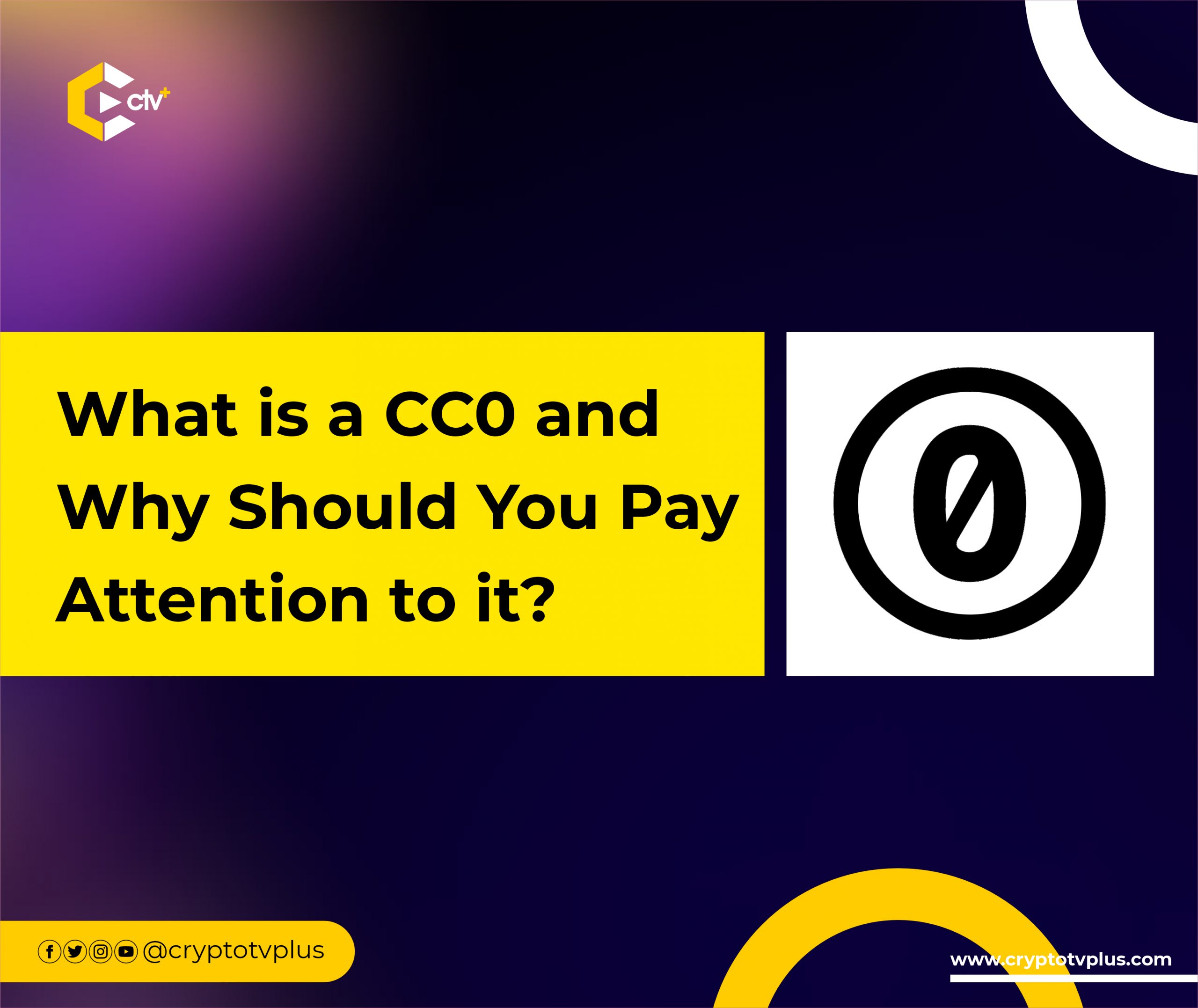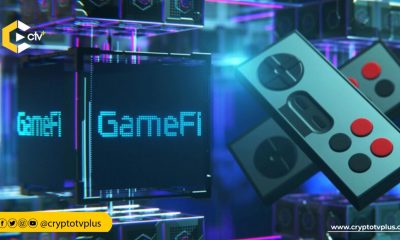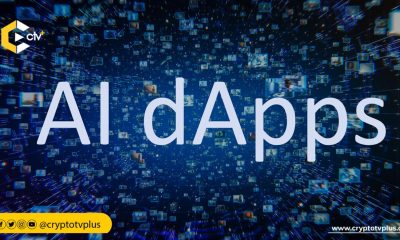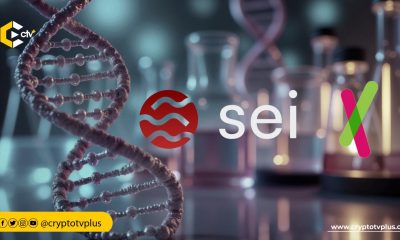News
What is a CC0, and Why Should You Pay Attention to it?

The NFT economy has become a breeding ground for different experiments and innovations. As new projects emerge, they introduce new guidelines to provide a better minting experience for prospective holders. CC0 was one of such experiments and has stuck as a narrative for existing and upcoming projects.
NFTs as digital items are presumably intellectual properties. Thus, they fall under copyright laws that vest exercisable rights with creators. The CC0 concept for NFTs proposes that artists or creatives can denounce these rights to the public or transfer the rights to another individual, allowing anyone or some individuals to copy and profit from them. However, how far do CC0 rights on NFTs go?
CC0 Explained
CC0 means Creative Commons “Zero”— no rights reserved. The concept enables creatives to soft-pedal on the copyright laws guiding the use of their creations. For NFT artists, it means they deliberately license their artwork or collection to be under the public domain, whereby anyone can use the art for commercial or other purposes. And they are “licensed” to profit from it without referencing or acknowledging the original artist or creator.
Several projects have been implementing the CC0 NFT standard since last year. However, the trend officially began with NounsDAO, a decentralized community behind the Nouns collection, which inspired other existing CC0 projects such as CrypToadz, LilNouns and Mirakai. Thus, every CCO project is a sub-node that links back to the central node— the Nouns collection.
NFTs have prolonged debates around digital ownership. While they unlocked new avenues for ownership by leveraging blockchain as a backend technology, some areas are left uncovered. CC0 defines the extent of ownership rights for specific NFT collections, detailing how far-reaching rights are and how non-holders are affected. In addition, they expand the ownership scope on the collections that have implemented the standard.
How to Trade NFT on Magic Eden
Polkacity— The Multi-chain Nft Marketplace for 3D NFTs
Six Reasons Why You Should Pay Attention to NFTs
Why is CC0 Thriving?
The Web3 ecosystem is a decentralized and open-source environment that encourages interdependence among different protocols. And this has played out successfully in the DeFi ecosystem, with emerging protocols shipping codebases of existing platforms. The CC0 standard aligns with the principles of decentralization that Web3 has inspired.
However, in this case, it relates to the decentralization of ownership rights that NFTs confer on holders. Initially, with NFTs, scarcity has always been an advantage, and holders pride themselves on the realization they can access exclusive benefits and perks inaccessible to non-holders. But NFTs that adopt the CC0 standard go against the idea that scarcity equates value.
With CC0 NFTs, premium is placed on network effects and interoperability rather than scarcity. Network effects mean that original NFT collections can derive value from smaller collections which copy or modify their ideas or artwork and vice versa. Thus, it creates a mutual relationship with several benefits accruing to every party involved.
For the original collection, the advantage is the awareness it brings to them. The attention would translate into more royalties on secondary markets as non-holders strive to become holders; and the admission of avid NFT enthusiasts into their communities. In some cases, community members who believe in the vision and roadmap (if there’s one) may be willing to hold their NFTs. Thus, low listings on the secondary market may lead to higher floor prices.
The derivatives collections benefit from the clout that the original collection has. If they can build on the hype post-mint, they can become as popular as the original collection. We have seen this play out between the Nouns collection and some of its CC0 derivatives, particularly the Noadz and Lil Nouns collections. However, some have been unsuccessful, indicating that not all CC0 derivatives will be successful.
Additionally, we see instances where derivative projects issue whitelist spots to community members of the original collection, tapping into the aura and social capital within such communities. Derivatives leverage the CC0 standard to attract the robust community backing the original collection. Thus, the CC0 standard establishes a value pool that benefits everyone.
The Future of CC0
Web3 supports open-source technologies, sharply contrasting siloed innovations and ecosystems in Web2. The decentralization and open-source ethos in Web3 has inspired massive growth for the DeFi ecosystem since 2020. It is the same ethos driving the CC0 initiative for NFTs. However, interoperability has always been a pain point in Web3. While bridges have been a way for DeFi protocols to address this pain point, for NFTs, CC0 could be a creative way to tackle this.
Individual creators who denounce ownership rights to their creations will enjoy many benefits. First, they will access a wider collector audience for the existing piece (copied by other artists) and subsequent pieces or collections. Secondly, it increases their audience reach. Finally, people who see the derivative piece or collection will be interested in locating the original collection either to compare or collect. Essentially, CC0 supports an interoperable future for NFTs, which by extension, would positively influence Web3’s mass adoption.
What do you think of this article? Share your comments below.

























Pingback: What is a CC0, and Why Should You Pay Attention to it? by Samuel Ikperu – CryptoTvplus Events: NFT, DeFi, Bitcoin, Ethereum, Altcoin Events
Pingback: A16z proposes new NFT licenses based on CC0 | CryptoTvplus: DeFi, NFT, Bitcoin, Ethereum Altcoin, Cryptocurrency & Blockchain News, Interviews, Research, Shows